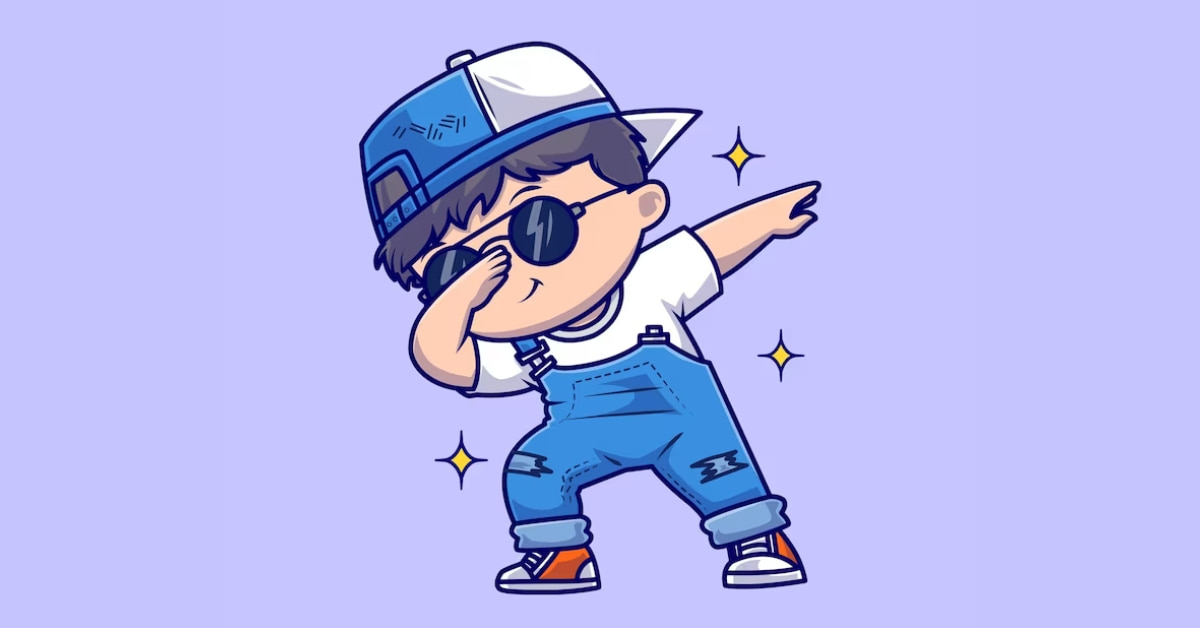In the dynamic world of digital design and graphics, vector conversions have emerged as a fundamental process, revolutionizing the way images and graphics are handled. This transformative technique involves converting raster images into vectors, offering a plethora of benefits for designers, businesses, and anyone involved in visual content creation. Let’s delve into the significance, advantages, and considerations associated with vector conversions.
Significance of Vector Conversions
Vector conversions play a pivotal role in graphic design, illustration, and various digital applications. Unlike raster images, which are pixel-based and prone to distortion, vectors are based on mathematical equations, ensuring scalability without compromising image quality. This makes vector conversions essential for creating crisp, clean, and infinitely resizable graphics.
Benefits of Vector Conversions
- Scalability: Vector images can be resized without loss of quality, making them ideal for various applications, from small icons to large banners.
- Versatility: Vectors are versatile and suitable for a range of applications, including logos, illustrations, typography, and more.
- Editing Flexibility: Vector graphics allow for easy manipulation and editing of individual elements, providing flexibility in design.
- Print-Ready Quality: Vector images maintain high-quality resolution, ensuring sharp prints for various marketing and promotional materials.
Key Processes in Vector Conversions
- Tracing and Paths: Skilled designers use vector paths to trace and recreate the shapes and details of raster images.
- Colorization: Adding color to vector images, ensuring consistency with the original while enhancing vibrancy and visual appeal.
- Layer Organization: Structuring vector elements in layers for easy editing and manipulation, contributing to design flexibility.
- File Formats: Saving vector images in suitable formats like SVG, AI, or EPS for compatibility with different design software.
Considerations for Vector Conversions
- Complexity of Images: The complexity of the original image influences the time and effort required for accurate vector conversion.
- Color Matching: Ensuring accurate color representation and matching in the vectorized version is crucial for maintaining visual consistency.
- Client Requirements: Clearly understanding and meeting client requirements for the vectorized image, including specific details or styles.
FAQs
Can any image be converted into a vector?
In theory, yes. However, the complexity of the original image and the desired level of detail can influence the success of the vector conversion.
Are there limitations to the size of vector images?
Vector images are scalable without loss of quality. However, extremely large files may pose challenges in terms of processing and storage.
How does vector conversion impact file sizes compared to raster images?
Vector images are generally smaller in file size compared to high-resolution raster images, contributing to faster loading times and efficient storage.
Can vector conversions be used for photographs?
While vectors are more commonly associated with illustrations and graphics, certain simplified photographs can undergo vectorization, though results may vary.
Conclusion
Vector conversions stand as a cornerstone in the realm of graphic design, offering unparalleled flexibility, scalability, and visual appeal. Whether it’s creating a timeless logo or ensuring sharp prints for marketing materials, the precision of vector conversions continues to shape the landscape of digital design.
This page was last edited on 25 February 2024, at 11:57 am
